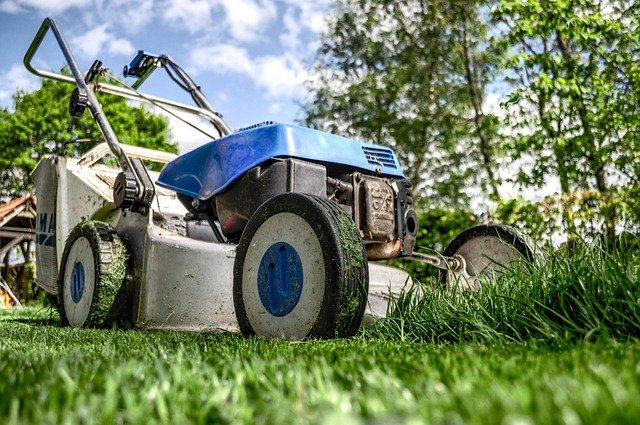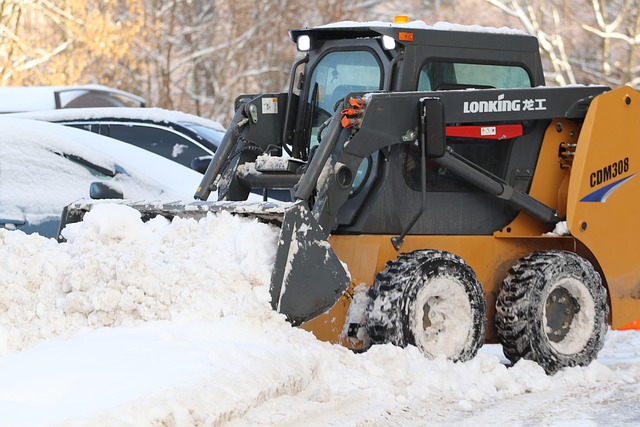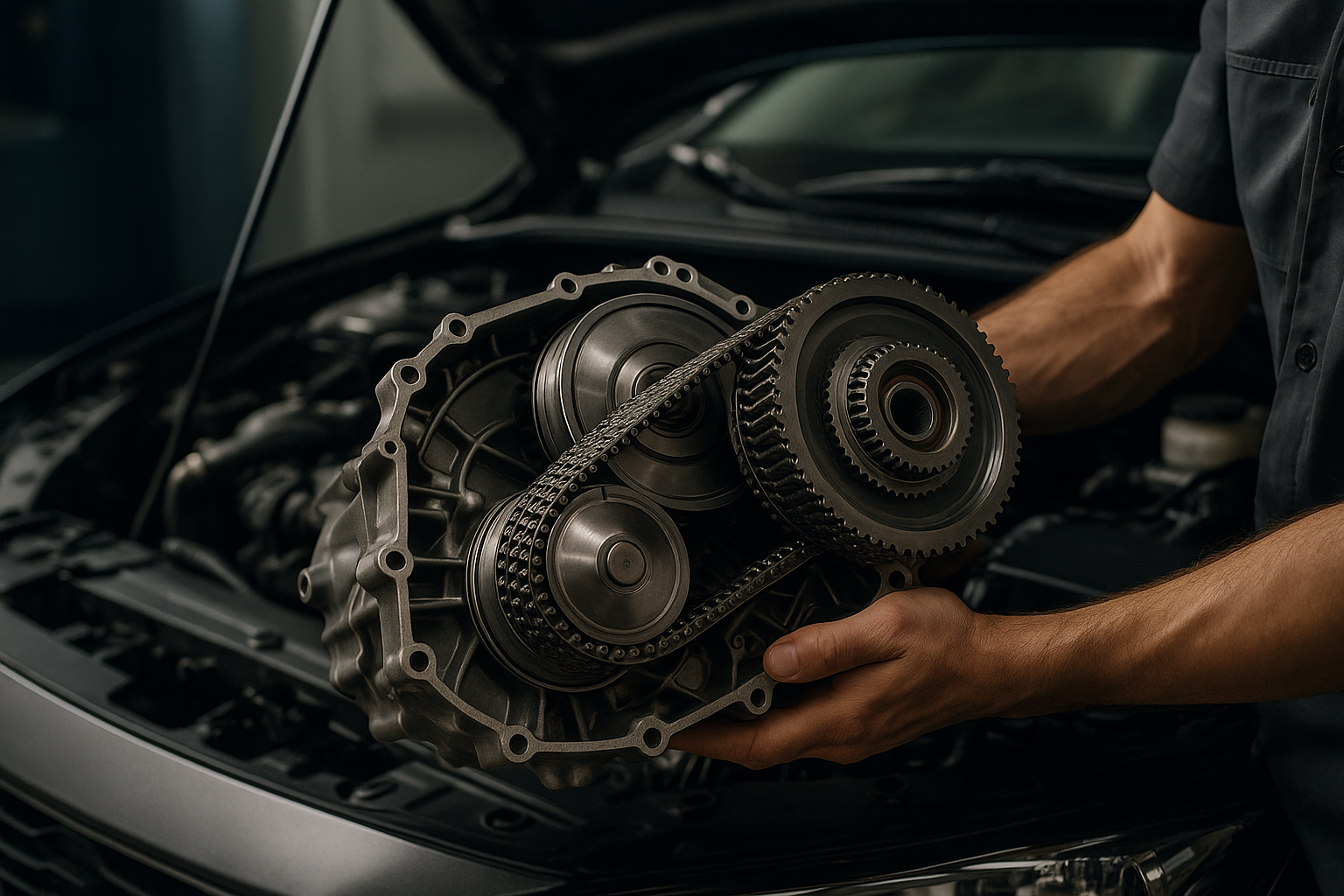Lawn Mower Buying Guide: What to Know Before Choosing Your Next Model
Choosing the right lawn mower is essential for maintaining a healthy and attractive yard. With numerous options available, it can be overwhelming to decide which model best suits your needs. This comprehensive guide will walk you through the key factors to consider when selecting a lawn mower, ensuring you make an informed decision that will keep your lawn looking pristine for years to come.

What are the main types of lawn mowers available?
Understanding the different types of lawn mowers is crucial in making the right choice for your yard. Here are the primary categories:
-
Push mowers: These manual mowers are best suited for small, flat lawns. They’re eco-friendly, quiet, and require no fuel or electricity.
-
Walk-behind power mowers: Available in both gas and electric models, these are ideal for small to medium-sized lawns. They come in self-propelled and push varieties.
-
Riding mowers: Perfect for larger lawns, riding mowers offer comfort and efficiency. They’re available in lawn tractors, zero-turn mowers, and rear-engine riding mowers.
-
Robotic mowers: These autonomous mowers are gaining popularity for their convenience and ability to maintain lawns with minimal human intervention.
Each type has its advantages and is suited to different lawn sizes and terrains. Consider your specific needs and preferences when choosing between these options.
How does lawn size and terrain affect mower selection?
The size and characteristics of your lawn play a significant role in determining the most suitable mower:
-
Small lawns (up to 1/4 acre): Push mowers or electric walk-behind mowers are typically sufficient.
-
Medium lawns (1/4 to 1/2 acre): Self-propelled walk-behind mowers or small riding mowers are ideal.
-
Large lawns (1/2 acre and above): Riding mowers or zero-turn mowers are recommended for efficiency.
Additionally, consider your lawn’s terrain:
-
Flat lawns: Any mower type can work well.
-
Slight inclines: Self-propelled walk-behind mowers or riding mowers with good traction are suitable.
-
Steep slopes: Look for mowers with enhanced traction and stability features for safety.
What key features impact a lawn mower’s performance and usability?
Several features can significantly affect a lawn mower’s performance and ease of use:
-
Cutting width: Wider decks cover more ground in fewer passes but may be less maneuverable.
-
Cutting height adjustment: Look for easy-to-use height adjustment mechanisms to maintain optimal grass length.
-
Grass management options: Consider whether you prefer mulching, bagging, or side-discharge capabilities.
-
Engine power: More powerful engines can handle tougher grass and larger areas more efficiently.
-
Start mechanism: Electric start options are more convenient than pull-cord systems.
-
Wheel size and design: Larger rear wheels can improve maneuverability on uneven terrain.
-
Handle comfort: Ergonomic, adjustable handles reduce fatigue during operation.
-
Noise level: Electric mowers are generally quieter than gas-powered models.
Prioritize features that align with your specific lawn care needs and preferences.
What practical considerations should you keep in mind before buying?
Before making a purchase, consider these practical factors:
-
Storage space: Ensure you have adequate room to store your mower, especially for larger riding models.
-
Maintenance requirements: Gas-powered mowers typically require more maintenance than electric models.
-
Fuel type: Decide between gas, electric (corded or battery-powered), or manual options based on convenience and environmental concerns.
-
Budget: Determine your price range, considering both upfront costs and long-term operational expenses.
-
Warranty and after-sales support: Look for mowers with solid warranties and readily available parts and service.
-
Safety features: Check for safety mechanisms like automatic shut-off and blade brake clutches.
-
Ease of cleaning: Consider models with washout ports for easier deck cleaning.
How do you choose based on lawn size and frequency of use?
Selecting the right mower based on lawn size and mowing frequency is crucial for efficiency and longevity:
-
Small lawns mowed weekly: A basic push mower or electric walk-behind mower should suffice.
-
Medium lawns mowed weekly: Consider a self-propelled walk-behind mower or a small riding mower.
-
Large lawns mowed weekly: Invest in a robust riding mower or zero-turn mower for time savings.
-
Infrequent mowing (bi-weekly or monthly): Opt for a more powerful mower to handle longer grass.
| Lawn Size | Mowing Frequency | Recommended Mower Type | Estimated Price Range |
|---|---|---|---|
| Small (< 1/4 acre) | Weekly | Electric Walk-Behind | $200 - $500 |
| Medium (1/4 - 1/2 acre) | Weekly | Self-Propelled Gas | $300 - $800 |
| Large (> 1/2 acre) | Weekly | Riding Mower | $1,200 - $3,000+ |
| Any Size | Infrequent | High-Power Gas Walk-Behind | $400 - $1,000 |
Prices, rates, or cost estimates mentioned in this article are based on the latest available information but may change over time. Independent research is advised before making financial decisions.
Choosing the right lawn mower involves careful consideration of your lawn’s characteristics, your personal preferences, and practical factors. By understanding the different types of mowers, key features, and how they relate to your specific needs, you can make an informed decision that will result in efficient lawn maintenance and a beautiful yard for years to come. Remember to balance your budget with the features and capabilities that matter most to you, and don’t hesitate to seek expert advice if you’re unsure about which model is best for your situation.




